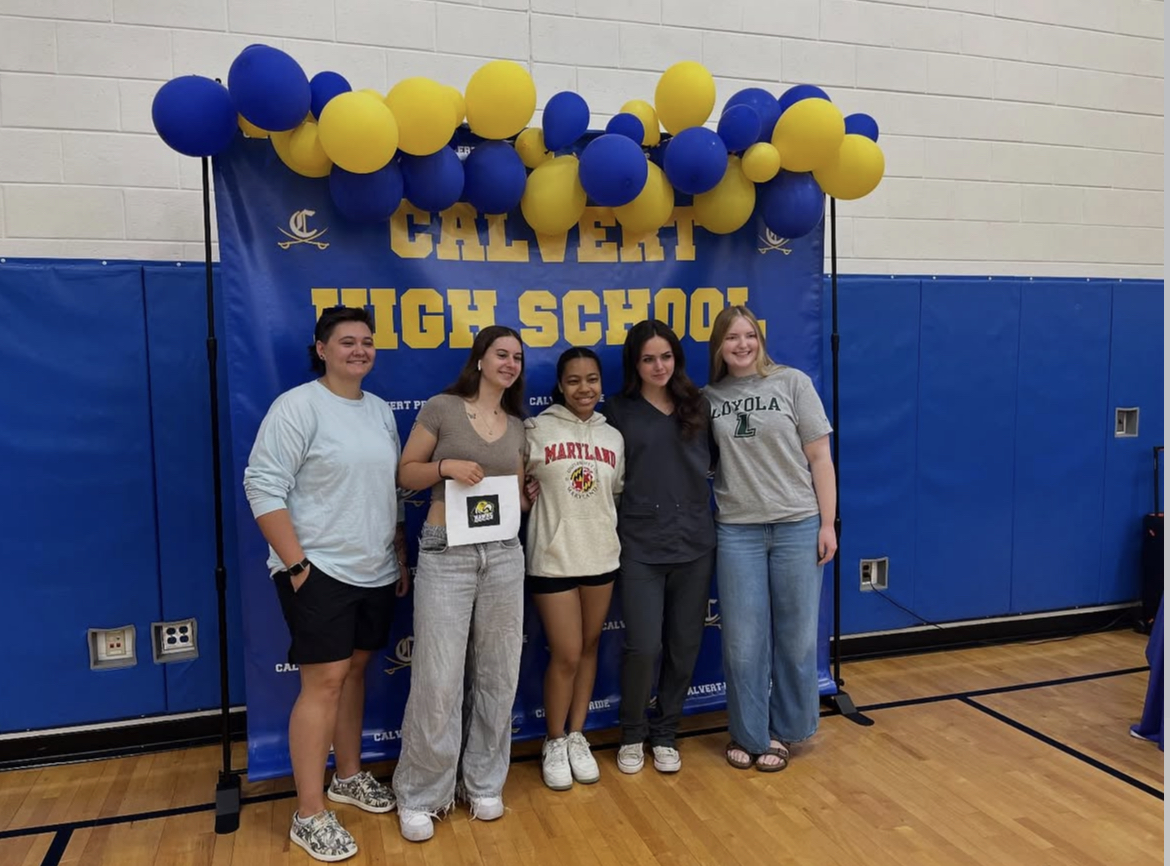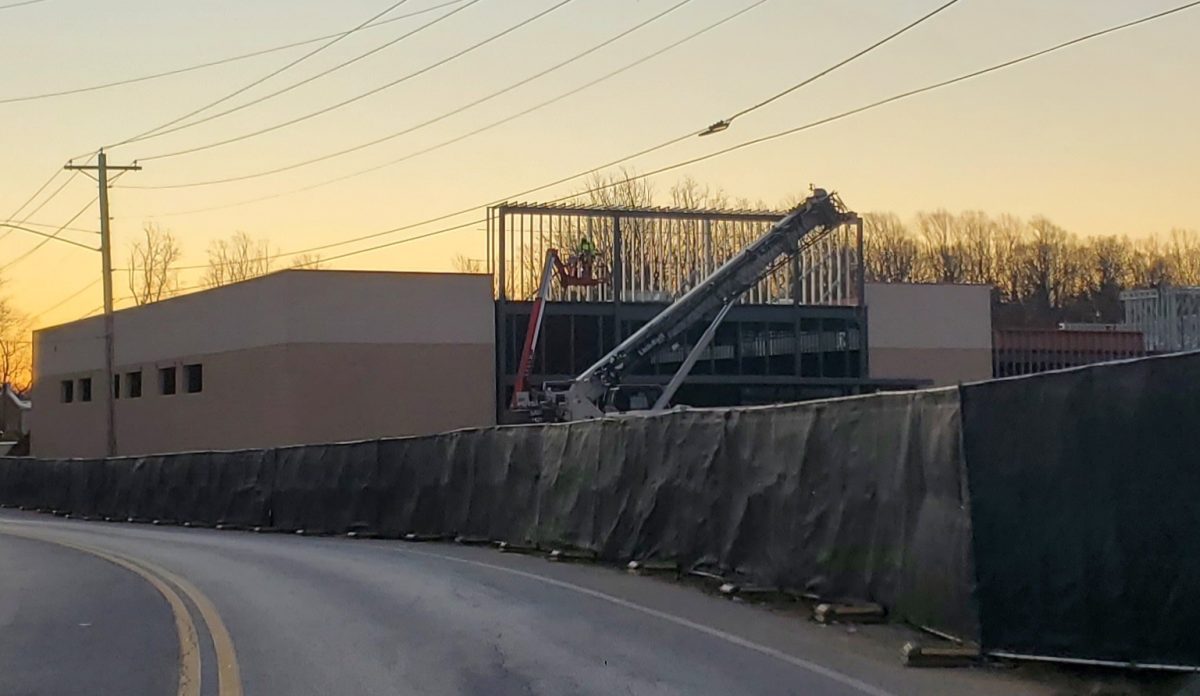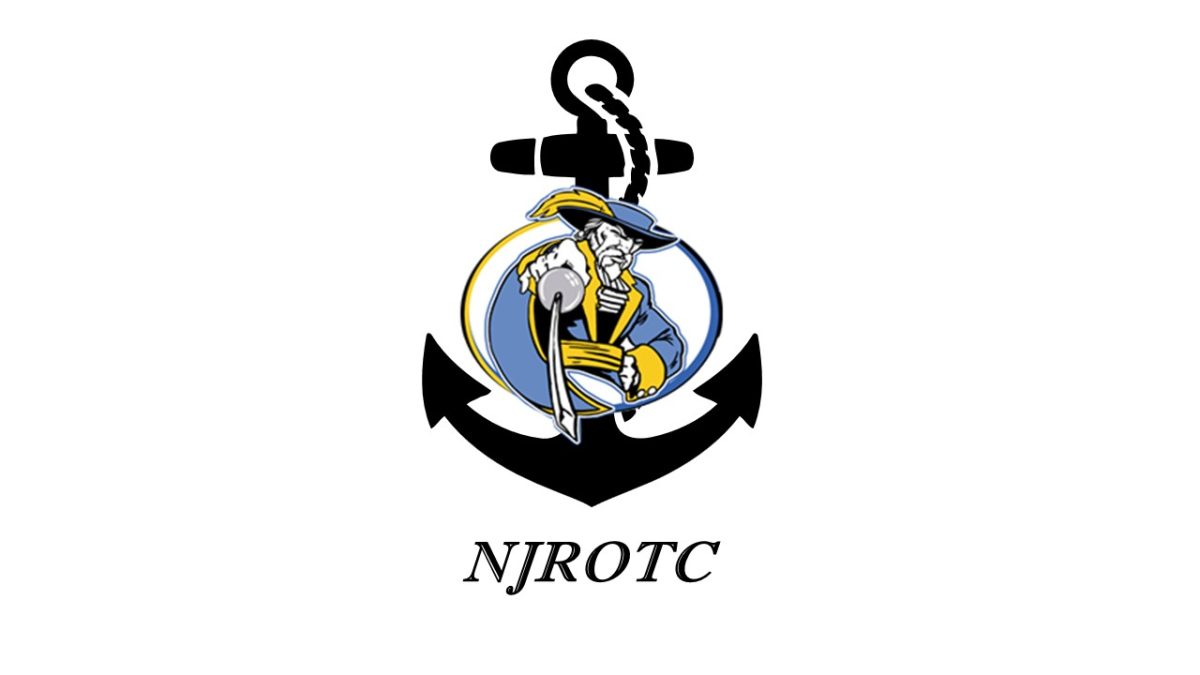Local Science Teacher Joins Earthwatch Expedition
October 10, 2019
A cure for human diseases could be fast-approaching in an unlikely place, a place plagued by heat and humidity, pesticides and pollution. It is, at the same time, home to critically endangered species that might just carry the solutions we’ve been looking for. Here, in Xochimilco, Mexico, a Chesapeake Country teacher is part of a collaboration of scientists and educators working to make this miracle possible.
This summer Holly Fallica, a science teacher at Calvert Middle School, joined Earthwatch Institute in helping local scientists gather data from canals and farms to conserve wetlands and preserve species.
The international program launches expeditions every year to promote a clean and healthy living environment. People from all walks of life apply to work with world-class scientists on a variety of preservation projects.
Educators joined a special summer expedition to Mexico City to promote wetlands conservation and traditional agriculture techniques.
Applying for a fellowship through essays and interviews, teachers were chosen on the quality of their application and dedication to teaching environmental sustainability. Seven teachers from around the nation made the cut for this weeklong expedition.
Fallica was the only Maryland teacher. After hearing about Earthwatch’s many expeditions, she chose Mexico City because it relates most to what she teaches in her science classes, agriculture and water quality in Southern Maryland.
“I love to travel, and I had been wanting to go to Mexico,” said Fallica, who said she was “so surprised when I learned I had won the fellowship.”
Fallica’s Earthwatch team began its research in Mexico City on July 22. They assessed pollution by taking water and soil samples and studied how it affected species of the region. One salamander-like creature, the axolotl, is classified as “critically endangered” because of the poor water quality and competition from non-native species. The animal can regenerate its vital organs, which scientists think could be used for finding cures for human diseases. Together, scientists and educators studied this species in the lab to determine how it could be revived in its native home.
The objective of this expedition was not only to educate these teachers in the importance of conserving the environment and the species that live in it, but also to inform people about the dramatic effects of pollution and climate change.
We wanted to “make people aware of what’s going on in other parts of the world,” Fallica said. “My takeaway from this experience is that climate change is a very real thing.”
Important as the science was, Fallica said the best part of her week was getting to know the people and the culture in Xochimilco. She collaborated and shared her experience daily with her fellow travelers and made memorable connections along the way.
Fallica is incorporating her expedition into her classroom this year, with lesson plans to combine the science and research projects of Mexico City with the social studies aspect of human development of these lands.
“The fact that the seven of us were given this opportunity to take what we learned back to students is really inspiring,” she said.
Her experience was unique compared to those who attended the expedition with her. Unlike her collaborators who traveled from large cities, Fallica’s proximity to the Chesapeake Bay and the CHESPAX curriculum in middle school science classes gave her insight into what conserving wetlands is all about. This is an experience of a lifetime she’ll be able to contribute to her classes now and in the future.
Learn more about the expedition at the researcher’s blog: https://teachearthmexico2019.school.blog.
This story was originally published in the ‘Bay Weekly’ on October 10, 2019.

























